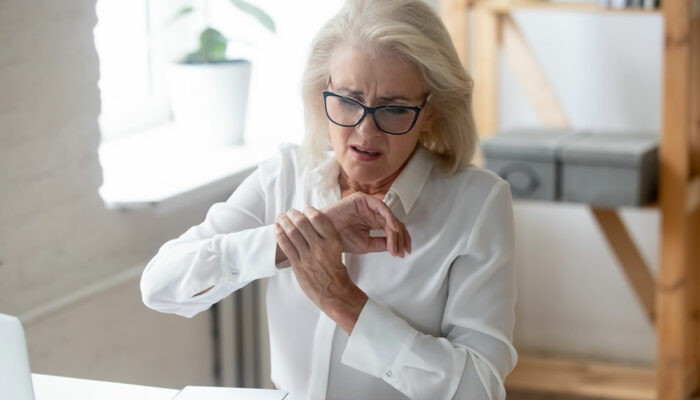Innovative therapies to manage eosinophilic esophagitis

Eosinophilic esophagitis, or (EoE) is a rare, chronic allergic condition affecting the esophagus. In this, several white blood cells, known as eosinophils, are found in the inner lining of the esophagus, where typically there are none. These cells release inflammatory substances, resulting in symptoms such as difficulty in swallowing dry or dense solid foods and loss of appetite. Although EoE is not curable, these innovative eosinophilic esophagitis treatments have been developed to manage the symptoms.
Prescriptions
This treatment involves the use of prescription-based antibodies, which are administered intravenously. This helps in lowering the inflammation caused by EoE. Furthermore, it improves the ability to swallow foods. This eosinophilic esophagitis treatment is usually used to treat persons above the age of 12 years or older.
Dilation
As EoE progresses, it causes the esophagus to become narrower. Over time, severe narrowing makes it difficult to swallow liquids as well. This is also referred to as stricture. In such cases, a person with EoE undergoes the process of dilation.
In this procedure, a balloon is passed to the esophagus via an endoscopy. It is inflated in the area of the esophagus where the narrowing is severe. The inflation is large enough to stretch the esophagus just a bit without rupturing it. This process helps in alleviating some of the symptoms of EoE. It makes it easier to swallow. However, it does not alleviate the underlying inflammation.
Empiric elimination meal plans
One of the well-known ways to treat EoE is by eliminating food allergens, which can trigger and aggravate inflammation. Some of the common food groups that are usually removed from daily meals include the following.
Dairy products
Wheat-based foods
Egg and egg-based food products
Soy-based foods
These foods are slowly added back to meals over time. However, follow-up endoscopies are done after the addition of each food group. This helps in determining which types of food are triggering EoE symptoms. Alternatively, only one of these food groups is eliminated from meals at a time. This is followed by an endoscopy. Depending on the results of the test, that particular food group would be added back or removed from meal plans. Then, the same process is followed for the next food group. This treatment has been found to be quite effective, but it is tedious and difficult to follow. Therefore, it must be done under the supervision of a professional doctor and nutritionist.














